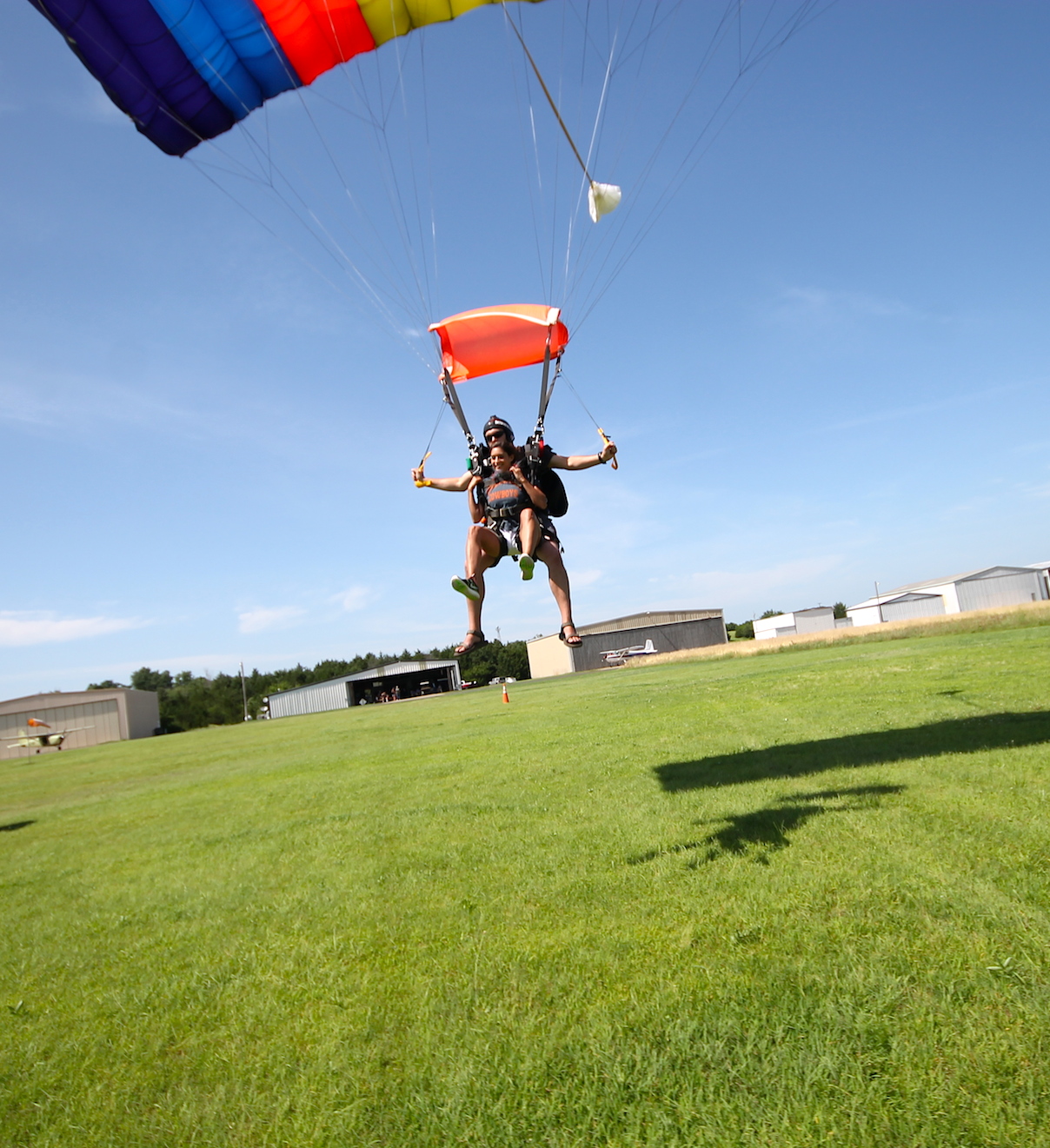Free fall
Subject: Science

Overview
Free fall refers to falling objects without external forces, such as air resistance, due to gravity. This is possible only in vacuums, such as the moon, where there is no atmosphere. Parachute landings on the moon are not considered free falls due to air resistance. Hail falls on the earth's surface at a predetermined pace due to air resistance, while wind-dispersed seeds disseminate due to air resistance. The equation of motion is used to calculate the final velocity and acceleration of a stone falling freely.
When there is little to no air resistance, falling objects like a stone and a sheet of paper are said to be in free fall. In such an instance, the stone's acceleration is equal to the earth's gravitational acceleration (9.8 m/s2). Therefore, everything falling freely is defined as falling solely due to gravity and without any external force. In free fall, an object's acceleration is equal to the acceleration that gravity (g) causes.
The frictional force acting on the objects causes a resistance to their speed, according to their structure, as they fall into the earth's atmosphere. The force of gravity is also lessened when an object is falling, thanks to the upthrust. Thus, only in a vacuum is genuine free fall feasible. Free fall is conceivable on the moon since there is no atmosphere to impede a body from falling.
Let's Think
Is it possible to land safely on the moon using a parachute, like on Earth?
|
Resistance during a hail |
Dispersion of seeds by wind |
Air resistance increases in direct proportion to the parachute's speed while parachute jumping. Weight and air resistance are in balance as a result of this process. In these conditions, the descending parachute's acceleration is zero. The parachute then descends to the earth at a steady speed after that. The steady speed of the parachute makes a safe landing possible. This kind of parachute descent is not a free fall.
A parachute landing cannot be considered safe unless there is air resistance. Since the moon doesn't have this form of resistance, jumping towards its surface while wearing a parachute is equivalent to a free fall. As a result, the speed increases gradually as it lands quickly. Consequently, safely landing on the moon with a parachute is not possible.
Instead of increasing slowly as it descends from a particular height, hail falls on the earth's surface at a predetermined pace. The resistance of the air is the reason. It mitigates the damage that hail may do to the earth's surface. The wind's resistance or friction against the hail causes an upward drag force. As the hail falls faster, more power is used to deflect it. When the forces of friction and gravity acting on the hail equalize, the hail falls smoothly and at a constant velocity.
As seen in the illustration, a wind-dispersed seed has a tiny fan and a structure like fur. They function somewhat like tiny parachutes. Due to air resistance, these seeds disseminate and remain in the air for a while after falling while they are floating. The seeds scatter widely as a result. As a result, air resistance causes the seeds of plants like sal, simal, and others to spread widely.
Equation of Motion for Free Fall
The equations of motion are used to calculate the final velocity and acceleration of a stone falling freely. In this way, the height, the speed, and the amount of time needed for a freely falling body dropped from a height to reach the surface may all be found using the equation of motion.
| For objects in linear motion | For the objects in freefall |
| V=u+at | V=u+gt |
| V2=u2+2as | V2=u2+2gh |
| S = ut+ \(\frac {1}{2}\) at2 | h= ut+ \(\frac {1}{2}\) gt2 |
This method substitutes the value of the acceleration due to gravity for the acceleration in the equation of motion when gravity is the cause of the acceleration. Gravity produces a negative acceleration when an object is hurled vertically upward since it is traveling in the opposite direction.
Things to remember
- Free fall refers to falling objects without any external force, such as a stone or paper, due to minimal air resistance.
- Free fall is only feasible in vacuums, such as the moon, where there is no atmosphere to impede a body from falling.
- Landing safely on the moon using a parachute is not possible due to the lack of air resistance.
- The equation of motion is used to calculate the final velocity and acceleration of a stone falling freely, including the height, speed, and time needed for a freely falling body to reach the surface.
© 2021 Saralmind. All Rights Reserved.



 Login with google
Login with google